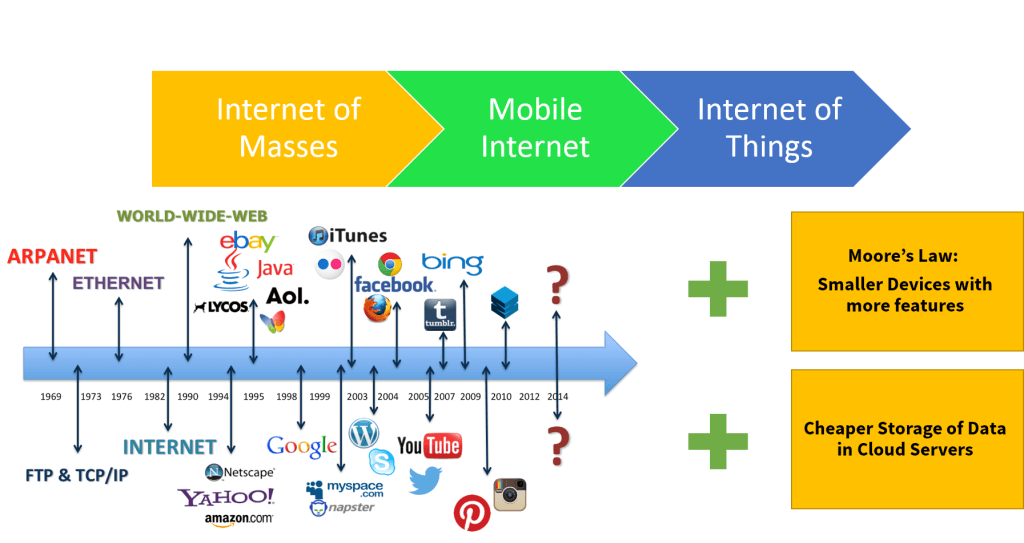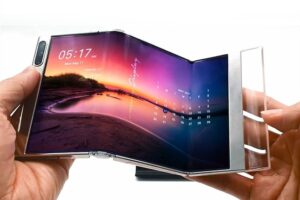The Revolutionary 5 Ways the Internet of Things is Transforming Mobile Devices
Related Articles: The Revolutionary 5 Ways the Internet of Things is Transforming Mobile Devices
- The Unstoppable Rise Of 10 AI Features Transforming Mobile Devices
- Revolutionary 5G: The Future Of Mobile Technology Is Here
- 5G’s Explosive Potential: The Unstoppable Rise Of Mobile Connectivity
- 5 Game-Changing Mobile App Development Trends Shaping The Future
- 5 Revolutionary Mobile Network Upgrades That Will Transform Your Digital Life
Introduction
With great pleasure, we will explore the intriguing topic related to The Revolutionary 5 Ways the Internet of Things is Transforming Mobile Devices. Let’s weave interesting information and offer fresh perspectives to the readers.
Table of Content
The Revolutionary 5 Ways the Internet of Things is Transforming Mobile Devices

The Internet of Things (IoT) has become an undeniable force in the tech landscape, and its impact on mobile devices is nothing short of revolutionary. By seamlessly connecting everyday objects to the internet, the IoT empowers mobile devices to transcend their traditional limitations and become gateways to a vast network of information and functionality. This connectivity unlocks a plethora of possibilities, transforming our interactions with the world around us. Here are five key ways the IoT is reshaping the mobile device experience:
1. Enhanced User Experience Through Smart Homes and Connected Environments:
The IoT’s ability to connect devices within our homes and workplaces is fundamentally altering how we interact with our surroundings. Smart homes, powered by mobile devices, are becoming increasingly sophisticated. Imagine controlling your home’s lighting, temperature, and security systems directly from your smartphone. This level of automation not only enhances comfort and convenience but also boosts energy efficiency and safety.
Beyond the home, the IoT is transforming workplaces and public spaces. Mobile devices can now interact with smart office systems, adjusting lighting, temperature, and even coffee machines based on individual preferences and schedules. This level of personalization creates a more comfortable and productive environment for employees. In public spaces, mobile devices can be used to navigate smart cities, access real-time traffic information, locate nearby amenities, and even pay for services using contactless payment systems.
2. Personalized Health Monitoring and Wellness Tracking:
The IoT’s impact on personal health is profound. Wearable devices, connected to mobile devices, allow users to track their fitness levels, sleep patterns, heart rate, and even blood sugar levels. This constant stream of data empowers individuals to make informed decisions about their health and wellness.
Mobile devices can also be used to access telemedicine services, allowing patients to consult with doctors remotely through video conferencing. This technology is particularly valuable for individuals in remote areas or with limited mobility. The IoT’s ability to gather and analyze health data opens up exciting possibilities for preventative healthcare, personalized treatment plans, and early disease detection.
3. Enhanced Mobility and Navigation:
Mobile devices are becoming increasingly sophisticated navigation tools, thanks to the IoT. Real-time traffic information, provided by connected vehicles and infrastructure, allows users to plan their routes efficiently and avoid congestion.
Beyond basic navigation, the IoT is transforming mobility in several ways. Smart cars, connected to mobile devices, can offer features like autonomous driving, lane departure warnings, and adaptive cruise control. These technologies enhance safety and reduce driver fatigue. Mobile devices can also be used to access ride-sharing services, allowing users to hail a ride at any time and location.
4. Streamlined Retail Experiences and Personalized Shopping:
The IoT is revolutionizing the retail landscape, creating seamless and personalized shopping experiences. Mobile devices can be used to scan product barcodes and access detailed information, compare prices, and even make purchases directly from the store floor.
Connected stores can leverage the IoT to provide personalized recommendations based on customer preferences and past purchases. This data-driven approach enhances the shopping experience and drives sales. Mobile devices can also be used to navigate crowded stores, locate specific products, and even access digital coupons and discounts.
5. Increased Security and Safety:

The IoT enhances security and safety in various ways. Mobile devices can be used to monitor home security systems remotely, receiving alerts in case of intrusion. Connected cameras can provide live feeds of your property, allowing you to keep an eye on things from anywhere.
The IoT also empowers individuals to track their belongings. Smart tags can be attached to valuable items, allowing users to track their location in real time using mobile devices. This feature is particularly useful for preventing theft and recovering lost items. The IoT’s ability to provide real-time information and alerts enhances security and peace of mind.
The Challenges of the IoT in Mobile Devices:
While the IoT offers numerous benefits, it also presents challenges that need to be addressed.
- Privacy and Security Concerns: The collection and transmission of personal data raise concerns about privacy and security. It’s crucial to ensure that data is collected and stored securely, with appropriate safeguards in place to prevent unauthorized access and misuse.
- Interoperability and Standardization: The lack of standardized protocols and interoperability between different IoT devices can hinder connectivity and create compatibility issues. Industry-wide standards are needed to ensure seamless integration and data exchange.
- Cybersecurity Threats: The interconnected nature of the IoT creates vulnerabilities that could be exploited by malicious actors. Strong cybersecurity measures are essential to protect devices and networks from cyberattacks.
- Energy Consumption and Battery Life: The constant connectivity of IoT devices can drain battery life, particularly for mobile devices. Efficient power management techniques and battery optimization strategies are crucial.
- Cost and Accessibility: The initial cost of adopting IoT technology can be a barrier for some individuals and businesses. More affordable solutions and wider accessibility are needed to encourage widespread adoption.
Conclusion:
The Internet of Things is transforming the mobile device experience in profound ways. From smart homes and connected environments to personalized health monitoring and enhanced mobility, the IoT is unlocking a world of possibilities. However, it’s essential to address the challenges associated with privacy, security, and interoperability to ensure the responsible and ethical development of this transformative technology. As the IoT continues to evolve, we can expect even more innovative and impactful applications that will shape our interactions with the world around us.

Closure
Thus, we hope this article has provided valuable insights into The Revolutionary 5 Ways the Internet of Things is Transforming Mobile Devices. We appreciate your attention to our article. See you in our next article!
google.com




